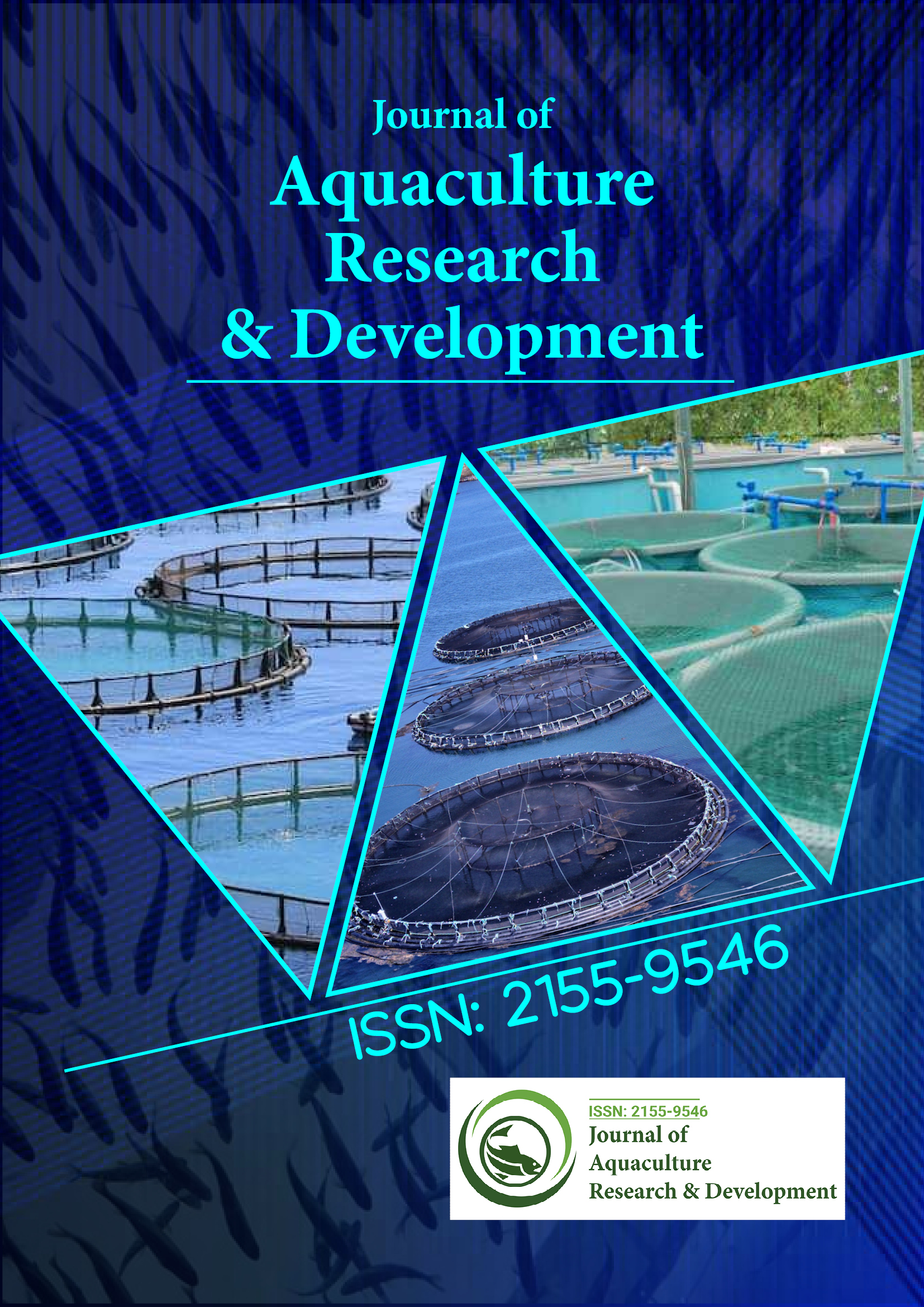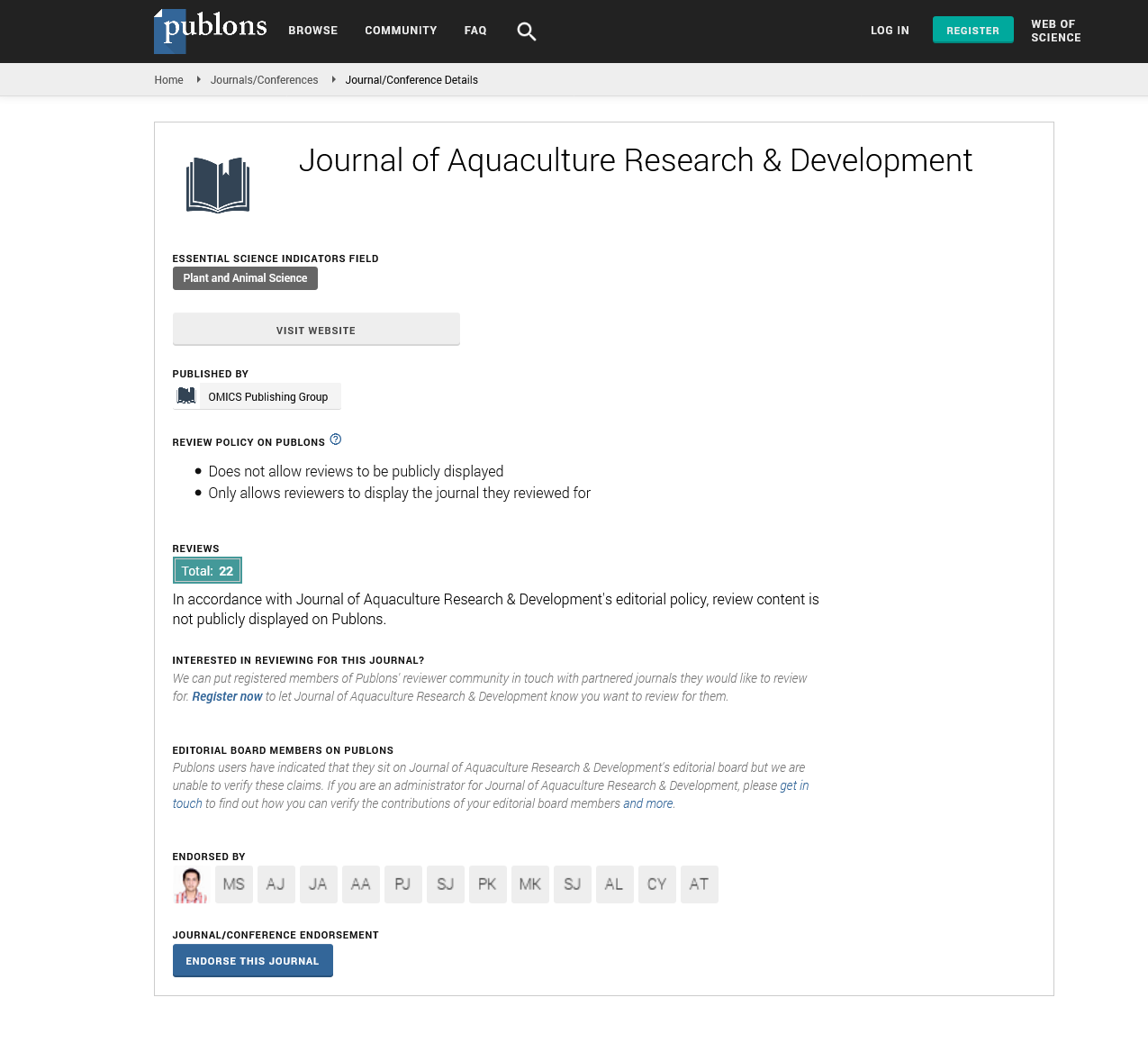Indexed In
- Online Access to Research in the Environment (OARE)
- Open J Gate
- Genamics JournalSeek
- JournalTOCs
- Scimago
- Ulrich's Periodicals Directory
- Access to Global Online Research in Agriculture (AGORA)
- Electronic Journals Library
- Centre for Agriculture and Biosciences International (CABI)
- RefSeek
- Directory of Research Journal Indexing (DRJI)
- Hamdard University
- EBSCO A-Z
- OCLC- WorldCat
- Scholarsteer
- SWB online catalog
- Virtual Library of Biology (vifabio)
- Publons
- MIAR
- University Grants Commission
- Euro Pub
- Google Scholar
Useful Links
Share This Page
Journal Flyer

Open Access Journals
- Agri and Aquaculture
- Biochemistry
- Bioinformatics & Systems Biology
- Business & Management
- Chemistry
- Clinical Sciences
- Engineering
- Food & Nutrition
- General Science
- Genetics & Molecular Biology
- Immunology & Microbiology
- Medical Sciences
- Neuroscience & Psychology
- Nursing & Health Care
- Pharmaceutical Sciences
Commentary - (2025) Volume 16, Issue 2
RNA-Seq Insights into Nutritional Genomics of Aquatic Species
Mira Elforde*Received: 03-Feb-2025, Manuscript No. JARD-25-28613; Editor assigned: 05-Feb-2025, Pre QC No. JARD-25-28613 (PQ); Reviewed: 19-Feb-2025, QC No. JARD-25-28613; Revised: 26-Feb-2025, Manuscript No. JARD-25-28613 (R); Published: 05-Mar-2025, DOI: 10.35248/2155-9546.25.16.958
Description
The growing demand for sustainable and efficient aquaculture practices has placed a focus on the nutritional management of aquatic species. Understanding how different diets influence gene expression is role for optimizing feed formulations, improving growth performance, and enhancing immune responses. RNA Sequencing (RNA-Seq) has emerged as a powerful tool in nutritional genomics, offering comprehensive insights into transcriptomic changes in response to dietary inputs. This technology enables researchers to investigate the molecular basis of nutrient metabolism, identify Differentially Expressed Genes (DEGs), and uncover regulatory networks that govern physiological adaptation to varying nutritional profiles.
In aquaculture, the shift away from traditional feed components such as fishmeal and fish oil towards more sustainable alternatives like plant proteins, microalgae, and insect meals necessitates an in-depth understanding of how these novel ingredients affect the molecular physiology of fish and shellfish. RNA-Seq allows for the unbiased detection of gene expression across the entire transcriptome, enabling the identification of specific pathways influenced by dietary composition. For instance, studies on Atlantic salmon and Nile tilapia have shown that substitution of fishmeal with plant-based proteins leads to the modulation of genes associated with amino acid metabolism, lipid biosynthesis, and inflammatory response. Such transcriptomic shifts can help explain phenotypic outcomes like changes in feed conversion ratio, growth rate, and disease resistance.
In addition to nutrient metabolism, RNA-Seq has been instrumental in decoding the interactions between diet and the immune system. Several investigations have revealed that certain feed additives-such as probiotics, prebiotics, and functional lipids-modulate immune-related gene expression. This modulation includes upregulation of cytokines, toll-like receptors, and heat shock proteins that are vital for innate immunity in fish. These findings provide a molecular rationale for the use of functional feeds as immunostimulants, supporting disease prevention strategies in intensive aquaculture settings.
RNA-Seq has also proven effective in characterizing the impact of anti-nutritional factors commonly present in plant-based feeds. Compounds like tannins, phytic acid, and non-starch polysaccharides can affect nutrient absorption and gut health. Transcriptomic studies have revealed the downregulation of digestive enzymes and the upregulation of inflammatory markers in fish fed diets high in such compounds. By identifying the molecular targets affected by anti-nutrients, researchers can guide the formulation of more refined and bioavailable feed ingredients.
Furthermore, RNA-Seq facilitates species-specific nutritional optimization. As different aquaculture species exhibit unique digestive physiology and metabolic pathways, a one-size-fits-all approach to diet formulation is suboptimal. Through comparative transcriptomics, scientists can uncover interspecies variation in gene expression related to nutrient transporters, digestive enzymes, and hormonal regulation. This approach supports the development of significant diets that maximize performance in specific species such as shrimp, sea bass, or catfish.
Another promising application of RNA-Seq lies in early developmental nutrition. Nutrient availability during larval and juvenile stages is critical for long-term health and productivity. Transcriptomic analyses of larvae exposed to varying nutritional regimes have shed light on key developmental genes involved in organogenesis, skeletal formation, and neural development. These insights are guiding the formulation of larval diets enriched with essential amino acids, vitamins, and fatty acids to support optimal early growth.
While RNA-Seq technology continues to transform aquaculture nutrition research, several challenges remain. High-throughput sequencing generates vast datasets requiring sophisticated bioinformatics pipelines for meaningful interpretation. The accuracy of results also depends on well-annotated reference genomes, which are still lacking for many commercially important species. Moreover, transcriptomic responses must be integrated with phenotypic and biochemical data to validate biological relevance. Despite these limitations, the advantages of RNA-Seq particularly its sensitivity, depth, and scalability make it an indispensable tool for advancing precision nutrition in aquaculture.
In conclusion, RNA-Seq is unlocking a new dimension of understanding in the nutritional genomics of aquatic species. By mapping the transcriptional landscapes associated with different diets, researchers are equipping the aquaculture industry with data-driven strategies to enhance feed efficiency, health, and sustainability. As sequencing technologies become more accessible and analytical tools continue to evolve, RNA-Seq is poised to play a central role in shaping the next generation of functional aquafeeds and precision aquaculture.
Citation: Elforde M (2025). RNA-Seq Insights into Nutritional Genomics of Aquatic Species. J Aquac Res Dev. 16:958.
Copyright: © 2025 Elforde M. This is an open access article distributed under the terms of the Creative Commons Attribution License, which permits unrestricted use, distribution, and reproduction in any medium, provided the original author and source are credited.

